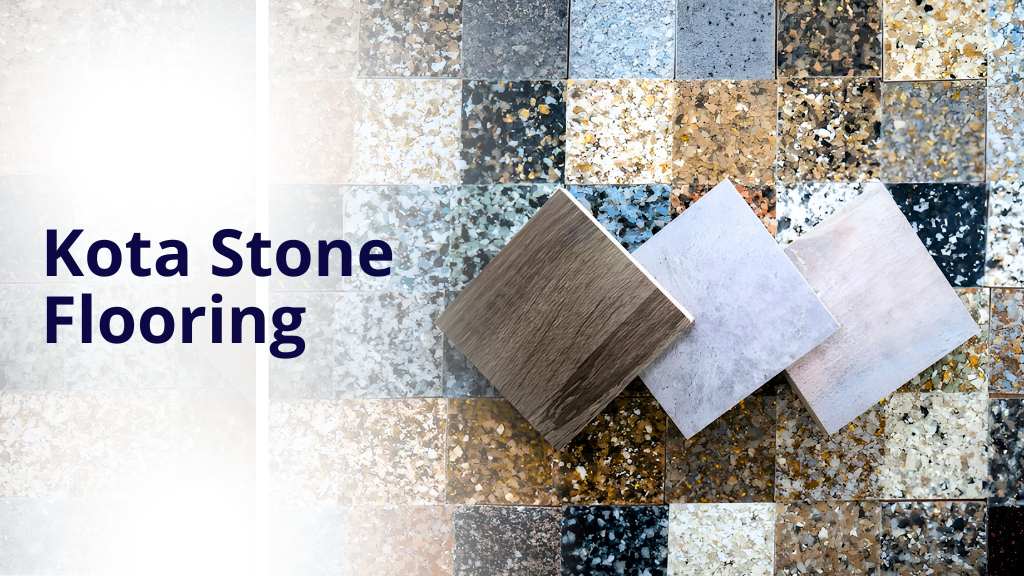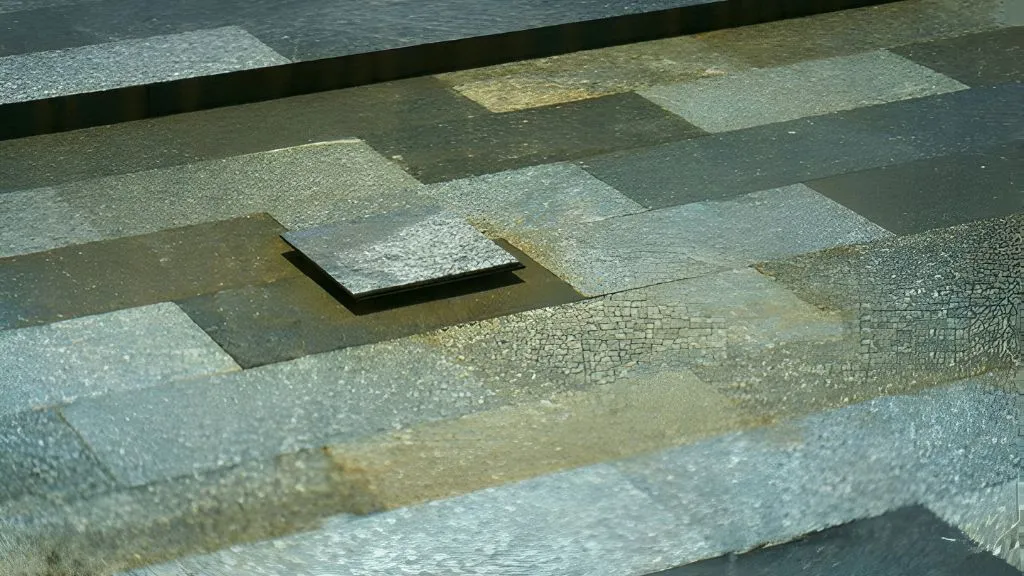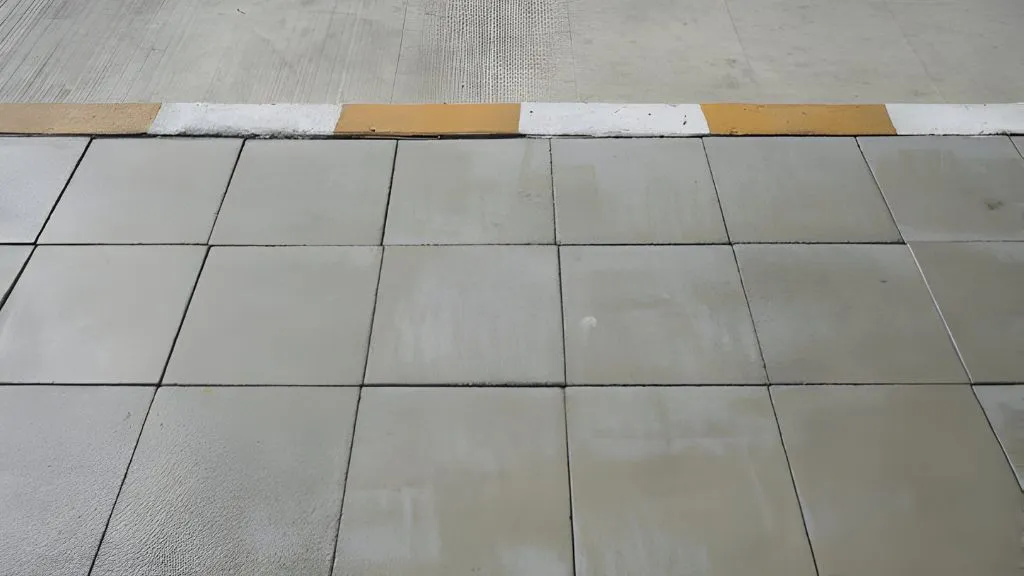Property Geek
We provide the actual and accurate information with unbiased user driven reviews to our viewers, to help them see the best and find the best!
View posts
Kota Stone is a popular natural stone that has been used for centuries in various indoor and outdoor applications. It is known for its durability, natural beauty, and low maintenance requirements, making it a preferred choice for architects, interior designers, and homeowners.
It is used for flooring, wall cladding, staircase, patio, garden landscaping, and pool surroundings. In this article, we will delve deeper into the advantages and disadvantages of Kota Stone flooring, its uses, maintenance requirements, and pricing, to help you make an informed decision on whether it is the right choice for your next project.

Kota Stone is a fine-grained variety of limestone that is found in Kota, a city in the northern Indian state of Rajasthan. It is a popular building and construction material due to its unique properties, such as durability, toughness, and non-slippery texture.
Kota Stone is available in a range of colors, including blue, green, black, and brown. It is commonly used for flooring, wall cladding, and roofing. In addition, it is also used for paving paths and garden walkways due to its non-slippery texture.
One of the unique features of Kota Stone is its ability to withstand extreme weather conditions, making it suitable for both indoor and outdoor applications. It is also resistant to scratches, stains, and heavy foot traffic.
Kota Stone is extracted from quarries in Kota, and it is processed and polished to give it a smooth finish. The stone is cut into different sizes and shapes to suit different applications.
In summary, Kota Stone is a type of limestone that is popularly used for its unique properties and suitability for a wide range of applications.
Kota Stone Flooring is a popular choice for homes, offices, and commercial spaces due to its many advantages, including:
Like any other flooring material, Kota Stone also has some disadvantages that you should consider before choosing it as a flooring option. Some of the disadvantages of Kota Stone Flooring are:
Kota Stone is a versatile natural stone that can be used in a variety of indoor and outdoor applications. Some common areas where Kota Stone can be used are:

Let’s see which one is better for you in the Kota Stone Vs. Granite comparison.
|
Criteria |
Kota Stone |
Granite |
|
Appearance |
Natural earthy tones with small fossil imprints |
Wide variety of colors and patterns |
|
Durability |
Moderately durable, susceptible to scratches and chipping |
Very durable, resistant to scratches and chipping |
|
Maintenance |
Requires regular polishing and sealing to maintain shine and prevent staining |
Requires minimal maintenance, occasional resealing |
|
Cost |
Less expensive than granite |
More expensive than Kota Stone |
|
Usage |
Suitable for interior and exterior flooring, wall cladding and landscaping |
Suitable for interior and exterior flooring, countertops, and wall cladding |
|
Availability |
Available in North and Western India |
Available in many countries around the world |
|
Sustainability |
Environmentally friendly, sourced from local quarries |
May have a higher carbon footprint due to transportation and processing |
The price of Kota Stone can vary depending on various factors such as the quality of the stone, size, thickness, color, and location. Kota Stone is typically sold in square feet, and the price can range from Rs. 25 to Rs. 150 per square foot, or more, depending on the factors mentioned above.
The size of the Kota Stone can also affect its price. Larger stones may cost more due to their rarity and difficulty in extraction and transportation. Similarly, stones with a uniform thickness and consistent color can be more expensive compared to irregular or inconsistent stones.
The location of the Kota Stone quarry can also affect its price, as transportation costs can add to the final price. Kota Stone from the Kota district of Rajasthan, India, where most of the quarries are located, is usually less expensive compared to Kota Stone from other regions.
Kota Stone is a popular flooring option that offers many advantages, including durability, low maintenance, natural appearance, slip resistance, and cost-effectiveness. However, as with any flooring material, there are also some disadvantages to consider, such as its uneven surface, porous nature, limited variety, cold surface, and susceptibility to scratches and chips. Despite these drawbacks, Kota Stone remains a versatile and practical option for both residential and commercial buildings. With proper installation, maintenance, and care, Kota Stone flooring can add a touch of natural beauty and elegance to any space.